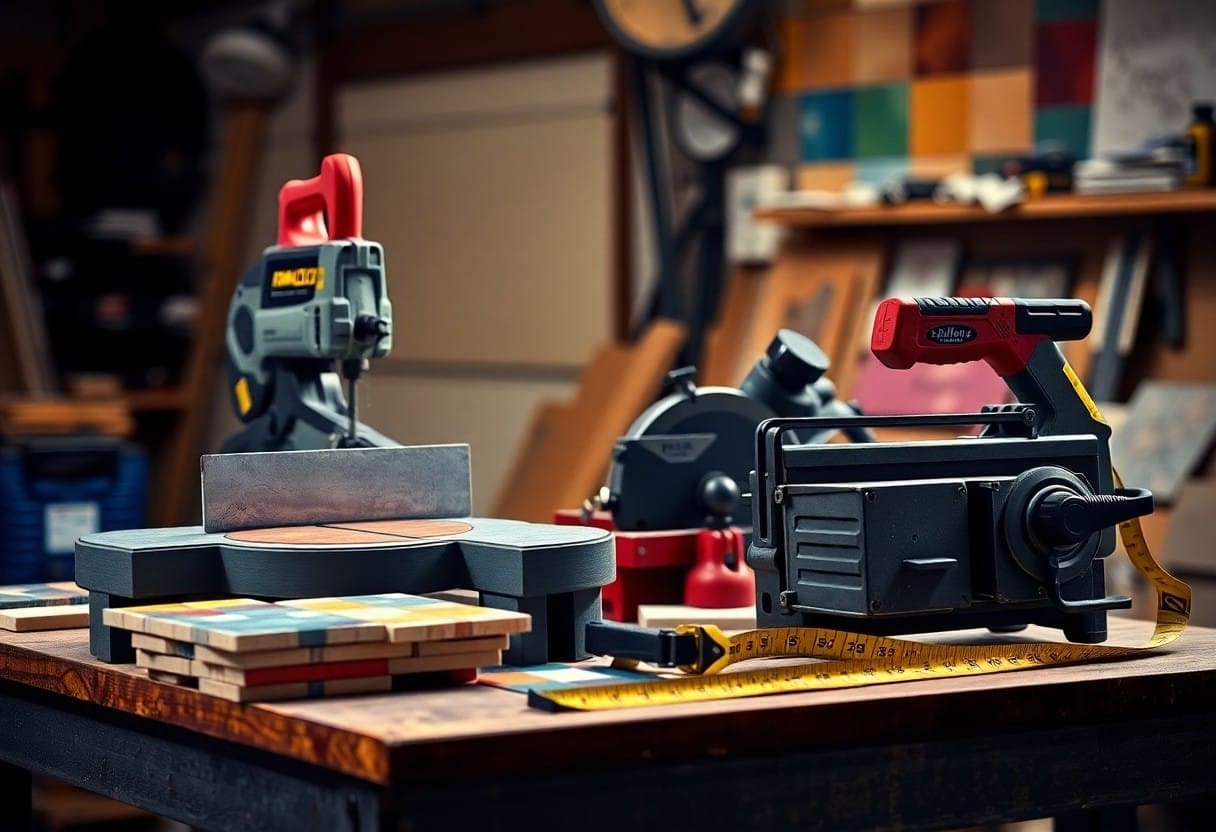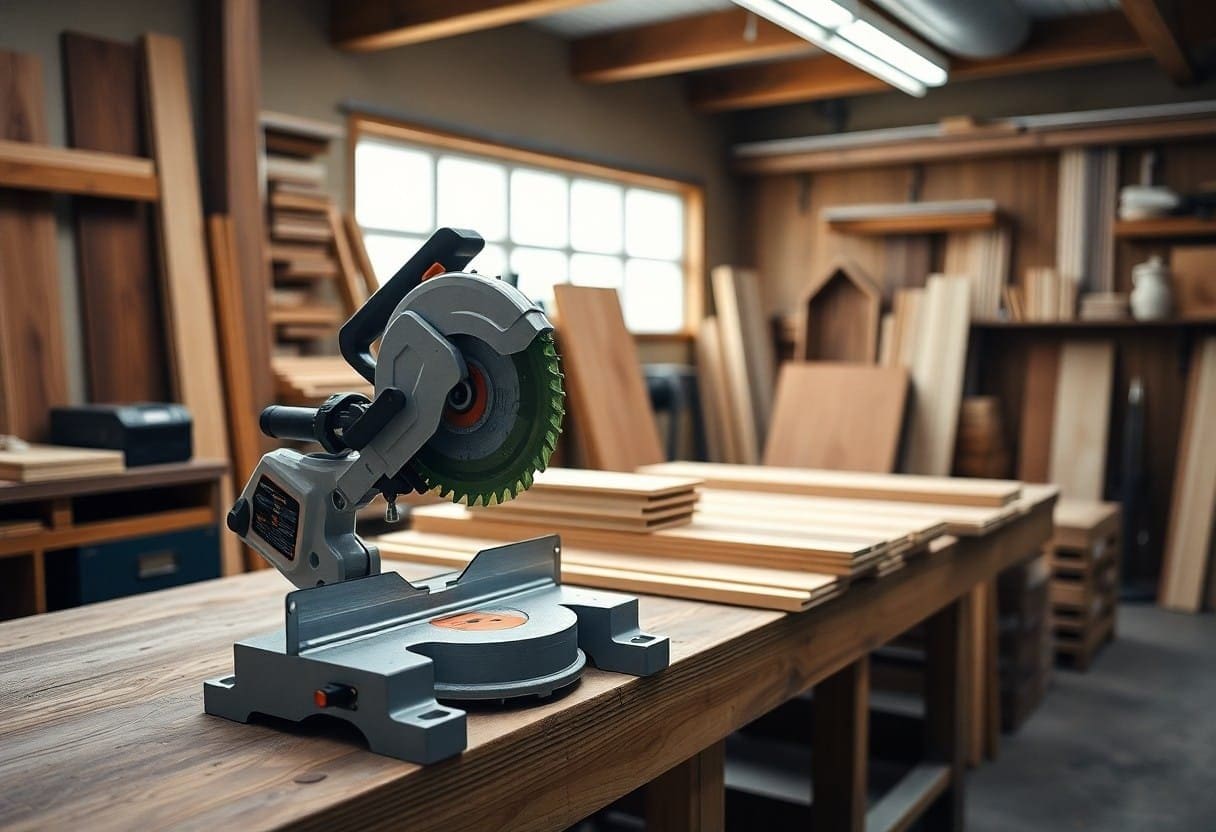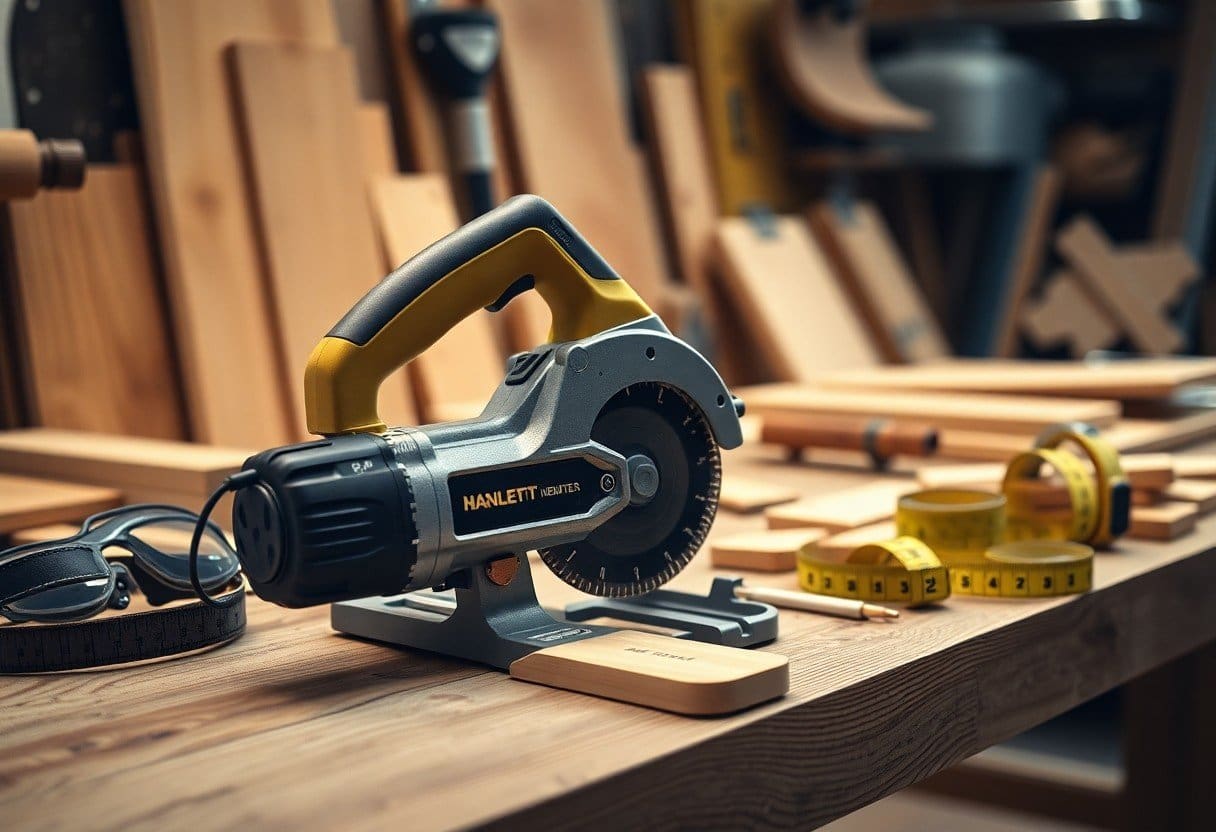When considering DIY projects around your home, having the right tools can make all the difference in the world. One tool that you absolutely need to have in your arsenal is a high-quality saw. From cutting lumber for a new bookshelf to trimming down some molding, a saw is crucial for a wide range of home improvement tasks. In this informative guide, we will walk you through the must-have saw options for your home projects, helping you choose the best one to tackle any task efficiently and effectively.
Types of Saws
To ensure you have the right tools for your DIY projects, it’s vital to understand the different types of saws available. Whether you are looking to make precise cuts or quickly tackle larger projects, choosing the right saw can make all the difference in the outcome of your work.
- Hand Saws
- Power Saws
- Coping Saws
- Miter Saws
- Circular Saws
Hand Saws
Hand saws are necessary tools for any DIY enthusiast. These manual cutting tools are versatile and can be used for various projects, from trimming branches to cutting through wood or plastic. With different types of teeth configurations, hand saws can provide you with the precision and control you need for intricate cuts.
The key to using a hand saw effectively is to choose the right one for the job and maintain its sharpness. Recall, a dull blade can lead to inefficient cuts and frustration. Keep your hand saws clean and sharp for optimal performance.
Power Saws
On the other hand, power saws offer efficiency and speed when it comes to cutting through different materials. These electric or battery-operated saws come in various types, such as circular saws, miter saws, and jigsaws, each designed for specific cutting tasks. Whether you need to make straight cuts, angled cuts, or curved cuts, there is a power saw that can help you get the job done with precision and ease.
To ensure safety when using power saws, always follow the manufacturer’s instructions, wear appropriate safety gear, and secure your workpiece properly before cutting. With the right power saw and techniques, you can take your DIY projects to the next level.
Choosing the Right Saw for Your Project
Consider the Material You’re Working With
The first step in selecting the right saw for your project is considering the material you’ll be working with. Different saws are designed to cut through specific materials efficiently. For example, a circular saw is perfect for cutting through wood, while a hacksaw is better suited for metal. Knowing the type of material you are working with will help you choose the most appropriate saw for the job.
Think About the Level of Precision Needed
One important factor to consider when choosing a saw for your project is the level of precision required. If you need to make intricate cuts or detailed designs, a jigsaw or a scroll saw would be the best choice. On the other hand, if you are working on rough cuts that don’t require high precision, a reciprocating saw may be more suitable. Assessing the level of precision needed will ensure that you select a saw that can deliver the results you desire.
With these considerations in mind, you can confidently choose the right saw for your specific project, ensuring that you achieve professional results with ease.
Essential Saw Features
Blade Type and Material
Any DIY enthusiast knows that the blade is the heart of any saw. When dicking out a saw for your home projects, consider the blade type and material carefully. The most common types of blades are crosscut, rip, and combination blades. Crosscut blades are ideal for making smooth cuts across the wood grain, while rip blades are designed for cutting along the grain. Combination blades offer a mix of both and are versatile for various projects. Additionally, pay attention to the material of the blade. High-speed steel blades are durable and suitable for cutting wood, while carbide-tipped blades are excellent for tackling harder materials like metal or plastic.
Handle and Grip Design
An imperative feature to consider when choosing a saw for your home projects is the handle and grip design. The handle should provide a comfortable grip that allows you to have full control over the saw while cutting. Look for handles with ergonomic designs that reduce strain on your hand and arm during use. A cushioned grip can also help absorb vibrations, providing you with a more comfortable cutting experience. Some saws come with adjustable handles that allow you to find the perfect angle for your grip, enhancing both comfort and precision.
The handle and grip design of a saw can significantly impact your overall experience when using the tool. A well-designed handle can improve your accuracy and control while reducing fatigue during extended use. Consider trying out different saws to see which handle design feels the most comfortable and natural in your hand before making a final decision on your purchase.
Safety Features
With any power tool, safety should be a top priority. When choosing a saw for your home projects, make sure it comes with imperative safety features to protect you during use. Look for saws with blade guards that cover the blade when not in use and retract automatically when cutting. Some saws also have electric brakes that stop the blade quickly when you release the trigger, reducing the risk of accidents. Additionally, consider saws with built-in safety switches or triggers that prevent accidental start-ups, keeping you safe while working on your projects.
Handle your saw with care, paying attention to safety features like blade guards and electric brakes to protect yourself from potential injuries. Always wear appropriate safety gear, including goggles and gloves, when operating a saw to minimize risks and ensure a safe and productive DIY experience.
Top Saw Recommendations
Best Hand Saw for General Purpose Use
Not all saws are created equal, but if you’re looking for a reliable hand saw for general purpose use, consider a quality crosscut saw. An imperative tool in any DIY enthusiast’s arsenal, a crosscut saw can handle a variety of tasks with precision and ease. Its sharp teeth are designed to cut across the grain of the wood, making it ideal for both rough and fine cuts.
Best Power Saw for DIY Projects
With the plethora of power saw options available, finding the right one for your DIY projects can be overwhelming. However, a good starting point is a versatile circular saw. This powerful tool is great for making straight cuts, bevel cuts, and can handle different materials, making it a must-have for any serious DIYer.
When choosing a circular saw, look for features like adjustable cutting depth and angle settings, a comfortable grip, and a durable blade for long-lasting performance.
Best Saw for Specific Tasks (e.g. pruning, demolition)
Best suited for specific tasks like pruning or demolition, a reciprocating saw is a versatile and efficient tool to have in your collection. Whether you need to cut through branches, metal pipes, or even walls, a reciprocating saw can get the job done quickly and precisely. Its back-and-forth motion allows for efficient cutting in tight spaces where other saws may not reach.
Plus, with the right blade attachment, a reciprocating saw can also be used for tasks like removing tile, stripping old drywall, or even cutting through nails and screws, making it a valuable addition to your toolkit.
Saw Maintenance and Care
Once again, maintaining and caring for your saw is important to ensure its longevity and top performance. By following some simple maintenance and care practices, you can keep your saw in excellent working condition for all your DIY projects.
Cleaning and Lubricating Your Saw
Cleaning and lubricating your saw regularly are crucial steps in maintaining its efficiency. After each use, make sure to clean off any sawdust, debris, or buildup from the saw blade and body. You can use a brush or compressed air to remove stubborn particles. Once clean, apply a few drops of lubricating oil to the moving parts of the saw to keep everything running smoothly.
Storing Your Saw Properly
To ensure your saw stays in good condition when not in use, store it in a dry and cool place away from moisture and extreme temperatures. Consider hanging your saw on a pegboard or storing it in a dedicated toolbox to prevent any damage or dust accumulation.
Remember to always keep your saw in a secure and stable position to avoid accidental falls or damage. Proper storage not only prolongs the life of your saw but also keeps it ready for your next project.
Sharpening and Replacing Blades
Blades play a vital role in the performance of your saw. Keep them sharp by regularly sharpening them using a saw file or replacing them when they become dull. A sharp blade not only enhances cutting precision but also reduces the strain on the motor, leading to smoother operation.
For instance, if you notice your saw is struggling to cut through materials or leaving rough edges, it might be time to sharpen or replace the blade. By maintaining sharp and well-functioning blades, you can optimize the performance of your saw and achieve professional results in your projects.
Safety Precautions When Using a Saw
All home improvement projects involve some risks, especially when working with power tools like saws. By taking proper safety precautions, you can significantly reduce the chances of accidents and injuries. Here are some crucial safety tips to keep in mind when using a saw.
Protective Gear and Clothing
When operating a saw, it’s crucial to wear the right protective gear and clothing to safeguard yourself from potential hazards. Make sure to wear safety goggles to protect your eyes from flying debris and dust. Additionally, use ear protection to prevent hearing damage caused by loud machinery. Don’t forget to wear sturdy work gloves to provide a better grip and protect your hands from cuts.
Safe Cutting Techniques
The key to using a saw safely is to follow proper cutting techniques. Always ensure that the piece you’re cutting is secured firmly in place to prevent it from moving unexpectedly. Maintain a stable stance and a firm grip on the saw, keeping your hands away from the cutting path. Remember to let the saw do the work by guiding it gently through the material without forcing it, which can lead to kickbacks or blade binding.
The way you handle the saw while cutting is crucial for your safety. Make sure to keep your body positioned to the side of the saw blade to avoid any potential kickbacks or debris that may come flying off the material. By maintaining a safe distance and angle, you reduce the risk of injury and ensure a clean and accurate cut.
Avoiding Common Hazards
This part of the safety precautions focuses on recognizing and avoiding common hazards that may arise when using a saw. Always unplug the saw when changing blades or making adjustments to prevent accidental starts. Never leave a running saw unattended, and remember to wait for the blade to come to a complete stop before setting it down. Keep your work area well-lit and clear of clutter to maintain visibility and reduce the risk of tripping or slipping. Additionally, be mindful of the power cord’s location to prevent accidental cuts or damage.
Techniques
Understanding the potential hazards associated with saw operation is crucial for your safety. When making angled cuts, always adjust the saw blade accordingly and double-check the angle before cutting. Avoid reaching over the saw blade while it’s in motion, as this can lead to serious injuries. Be cautious when handling smaller pieces of material to prevent accidental slips or contact with the blade. By following these techniques, you can minimize the risk of accidents and ensure a successful and safe cutting experience.
Conclusion
With this in mind, having the right saw in your toolkit is crucial for tackling a wide range of home improvement projects. From cutting lumber for a new bookshelf to trimming branches in your backyard, a quality saw can make your DIY tasks much easier and more efficient. By investing in a versatile and high-quality saw, you can take on a variety of projects with confidence and precision.
Note, choosing the right saw for your needs is crucial. Consider factors like the type of projects you typically work on, the materials you will be cutting, and your level of experience. With the right saw in hand, you’ll be well-equipped to handle any home project that comes your way.




